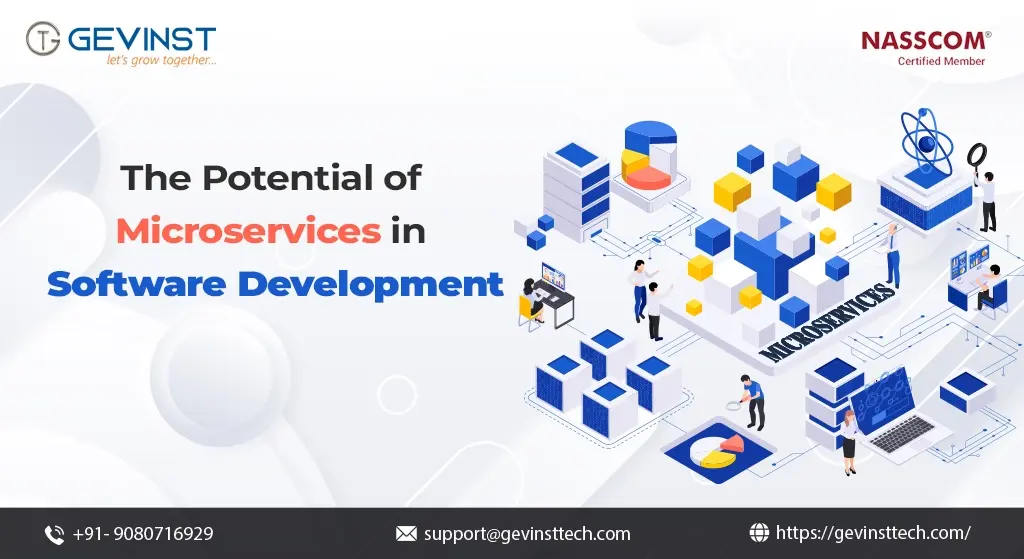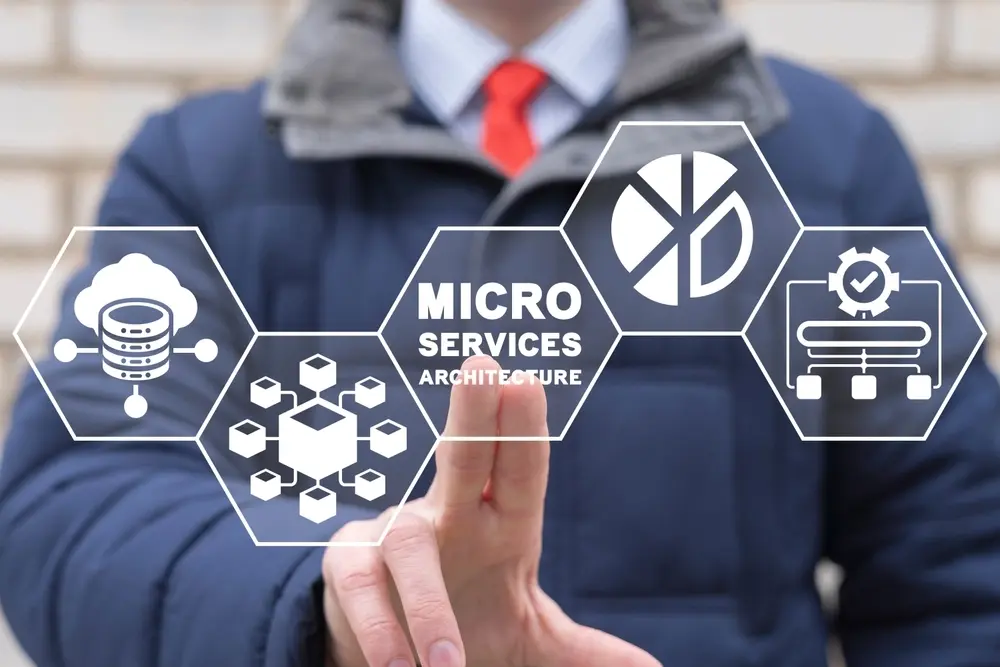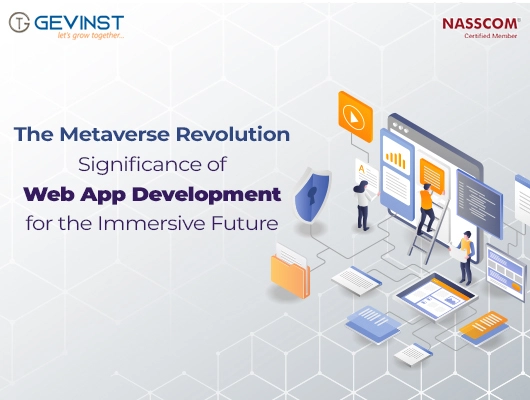
A significant change is now underway in the incipient world of IT architecture. Picture a landscape where the inflexible structures of traditional software development give way to the agile, dynamic world of microservices.
At the helm of this revolution, developers are sculpting the future of IT with microservices—a paradigm that promises unparalleled scalability, resilience, and efficiency. Let’s embark on a journey through the expanse of microservices in software development, exploring how this transformative approach is reshaping the field of IT.
What is a Micro Service in IT?
A microservice in IT is a software development approach where applications are structured as a collection of dynamically coupled, independently deployable services. Each microservice represents a small, focused piece of functionality within an application, designed to perform a specific task or process.

Microservices Architecture
At its core, microservices architecture represents a departure from monolithic systems, breaking down applications into smaller, self-contained services. This modular design fosters speed in development, seamless scalability, and easier maintenance, a departure from the conventional.

Key Characteristics of Microservices in Software Development
1. Modularity
Microservices are organized around business capabilities, meaning each service is only responsible for a specific function or feature of the application.
2. Independence
Any microservice can be developed, deployed, and scaled independently. This allows for greater flexibility and agility in development and operations.
3. Decentralization
Microservices promote decentralized data management, as each service typically has its own database or storage option.
4. Communication
Microservices communicate with one another using lightweight protocols like HTTP or messaging queues. This enables them to work together to fulfill the requirements of a larger application.
5. Resilience
Microservices are designed to be resilient. If any one service fails, it should not bring down the whole application. Failures are isolated, ensuring the rest of the system can continue to function.
6. Scalability
As microservices are independent, they can be scaled horizontally as needed. This means adding more instances of a service to handle increased loads without affecting other elements of the system.
7. Creativity and Experimentation
Detach services for developers to freely experiment with new technologies, fostering dynamic ecosystems of innovative solutions.
8. Real-Time Responsive and Seamless User Experience
Meet user demands for real-time responsiveness with lightweight, nimble microservices architecture, delivering smooth and seamless interactions.
9. Optimized Efficiency
Optimize resource utilization with fine-grained management, leading to cost savings, improved performance, and dynamic scaling based on demand.
10. Power of Analytics
Breaking down applications into components provides comprehensive data insights, enabling advanced analytics and data-driven decision-making.
11. Path to Digital Transformation
Microservices pave the way for modernization, cloud-native applications, and scalable IoT solutions, driving innovation in the era of digital palm screens.
Microservices in Front-End
Microservices in front-end development enhance app scalability, enabling modular, independent components. By breaking down complex interfaces into manageable services, front-end developers achieve agility and flexibility. Each microservice focuses on a specific feature, streamlining development and enhancing the user experience. With lightweight communication between services, front-end applications become more responsive and resilient. This approach aligns seamlessly with modern web development practices, empowering teams to build robust, scalable applications.
Microservices Empowered with Java
Java, a stalwart in the world of programming languages, finds a new frontier in microservices development. Armed with Java frameworks like Spring Boot and Dropwizard, developers wield the power to create microservice-driven applications with unparalleled speed and efficiency.
Microservices in Back-End
Microservices in backend development offer a modular approach to building scalable and flexible applications. Backend languages like Java, Node.js, and Python are commonly used to create microservices, each responsible for specific functionalities. This architecture allows for independent deployment, easier maintenance, and efficient scaling of services based on demand. Microservices communicate seamlessly with lightweight communication protocols such as RESTful APIs or gRPC, allowing rapid development and deployment cycles. The use of containerization tools like Docker and orchestration platforms such as Kubernetes further enhances the management and scalability of microservices in the backend.
Microservices Empowered with Node
Node.js is a popular choice for implementing microservices due to its asynchronous, event-driven nature. Developers can create lightweight, scalable services using Node.js, ideal for handling a variety of tasks. With frameworks like Express.js, building RESTful APIs for microservices becomes streamlined and efficient. Node.js also benefits from a vast ecosystem of NPM packages, simplifying the integration of services and functionalities. When combined with Docker for containerization and Kubernetes for orchestration, Node.js microservices offer a robust and flexible solution for modern application development.
Understanding the Difference: Microservices vs. APIs
While microservices and APIs share common ground, they serve distinct roles in the IT infrastructure. Microservices stand as independent entities, each with its domain and database. APIs, on the other hand, act as gateways for communication between microservices, facilitating seamless interactions.
Streamlining Development with Microservices
The microservices architecture aims to simplify the development, deployment, and maintenance of complex applications by breaking them down into smaller, more manageable pieces. This approach aligns well with modern software development practices such as DevOps and continuous delivery, enabling teams to deliver software faster, more reliably, and with greater flexibility.
At Gevinst Technologies, we specialize in unlocking the potential of microservices to propel startups and businesses toward their goals. With a deep understanding of the intricacies of microservices development, we offer the expertise, meticulous planning, and market insights necessary for your application fulfillment and success.
Partner with Gevinst Technologies, your trusted microservices development company, and open up unparalleled possibilities for your application development






